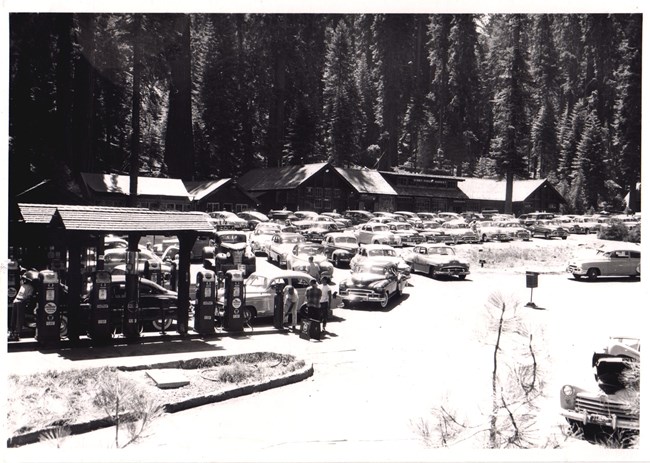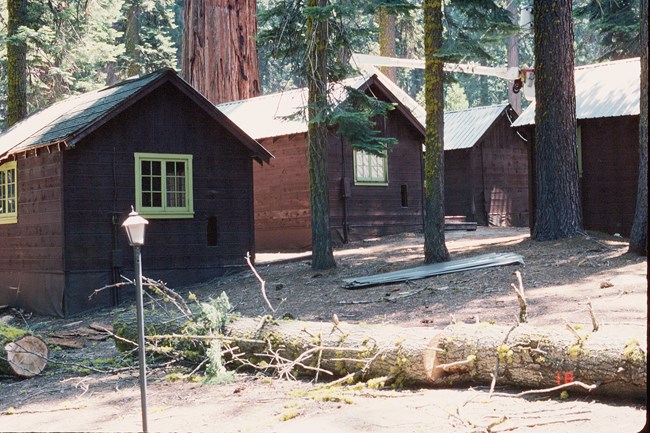
NPS Photo In the 1920s, Emilio Meinecke put considerable effort into understanding the human impact on the big trees. Generally speaking, however, the application of scientific research to Giant Forest management increased sluggishly during the mid-1900s. During these years, landscape architects directed most land- use planning. The science of ecology was in its infancy. While modern landscape architecture is grounded in the science of ecology, the early application of landscape architecture was more geared toward swift, visually appealing results that were appropriate to parks managed for the enjoyment of people. As the 1900s progressed, natural sciences gained importance and played an increasingly significant role in park policy decisions. This was to have a profound effect on park management and the Giant Forest. 
NPS Photo In 1962 and 1965 Richard Hartesveldt submitted a pair of influential reports to the National Park Service. In these reports, Hartesveldt concluded that humans were adversely affecting the sequoias of the Mariposa Grove in Yosemite National Park and the Giant Forest Grove in Sequoia National Park, but in ways not previously suspected. Hartesveldt found that altered hydrology in the Mariposa Grove and increasingly dense competing vegetation in the absence of natural fire in both groves were causing the most severe impacts to sequoias. Impacts of development on sequoias were most damaging where major roots had been cut for road construction. Although Hartesveldt did not find other results of development - covering of roots by asphalt, soil compaction, or soil erosion - to cause profound impacts to sequoia survival or growth, he suggested that their probable effects on future sequoia health warranted action by the National Park Service. |
Last updated: October 16, 2023
